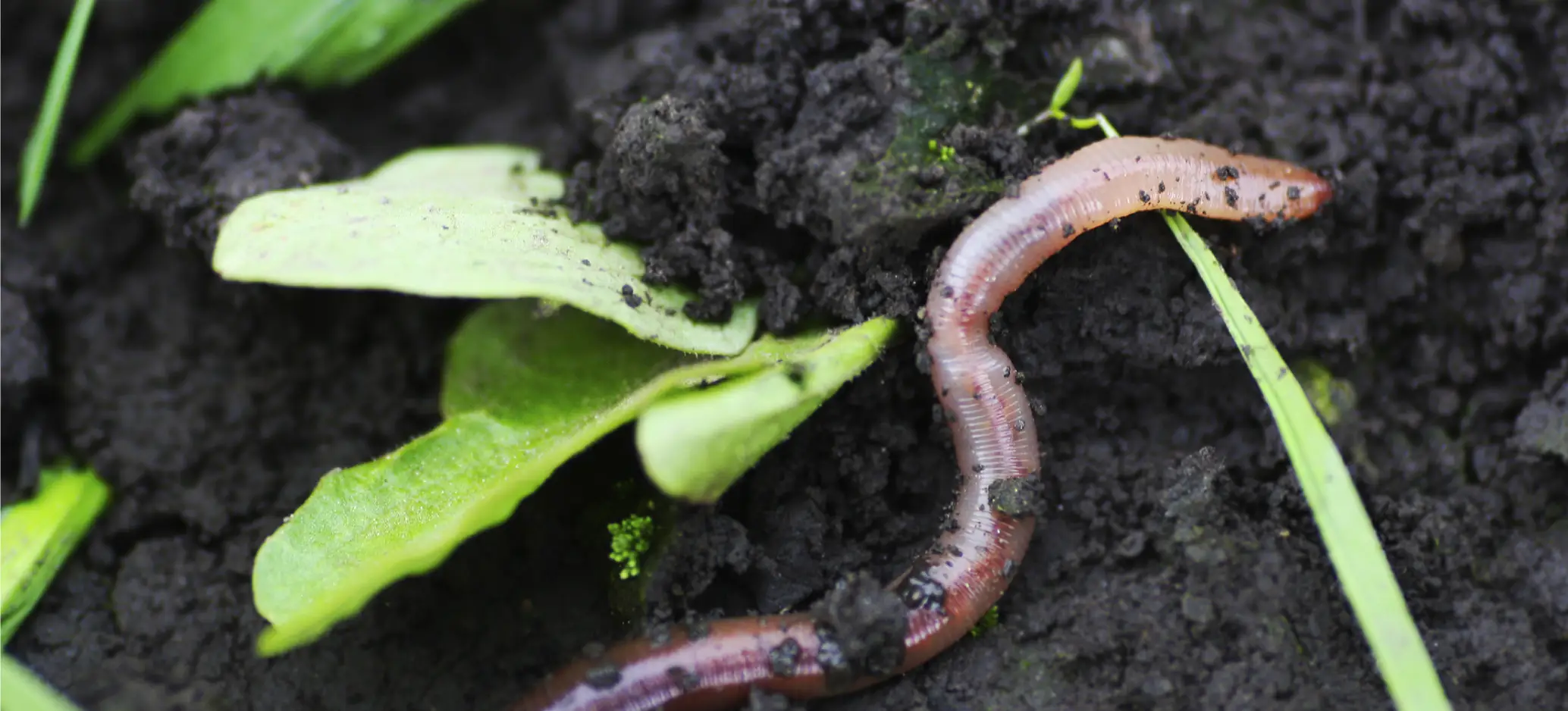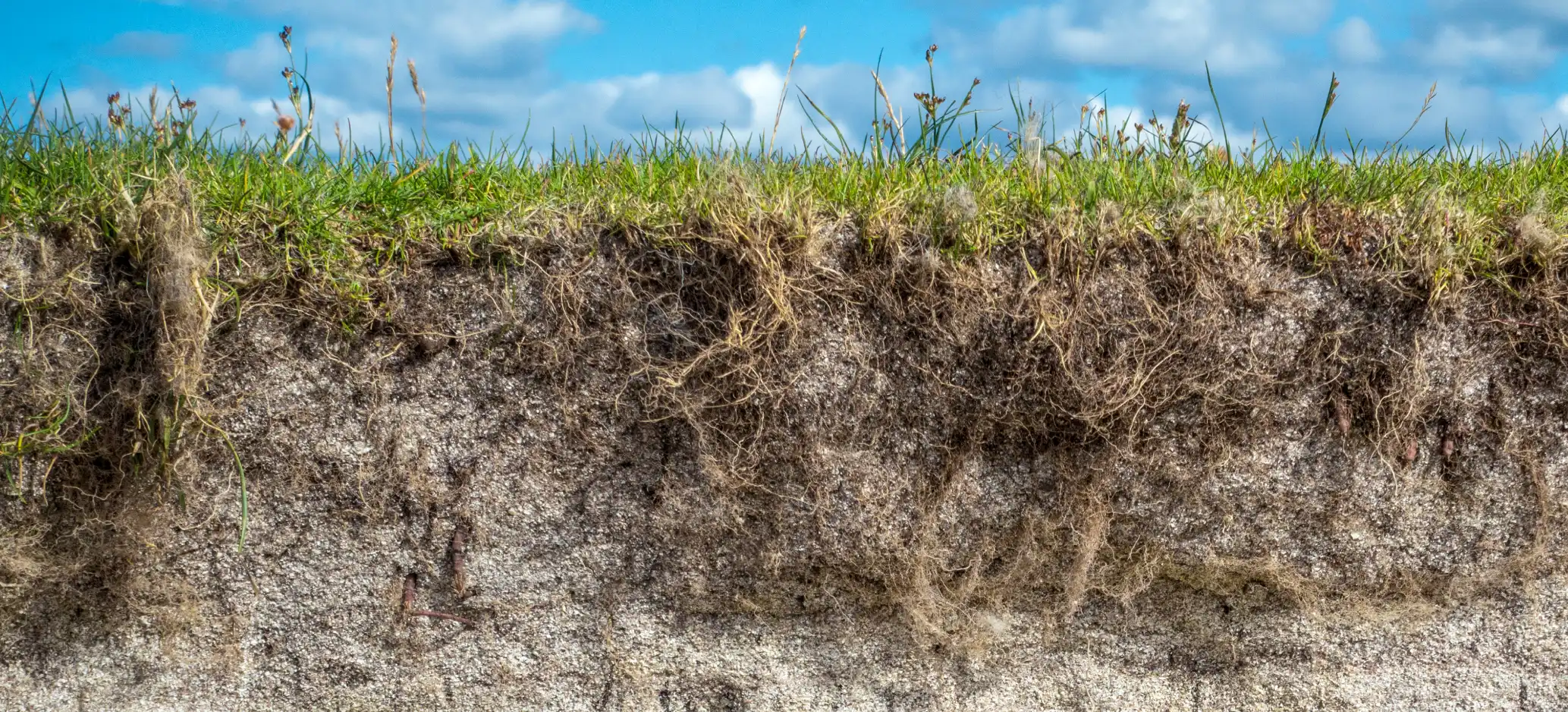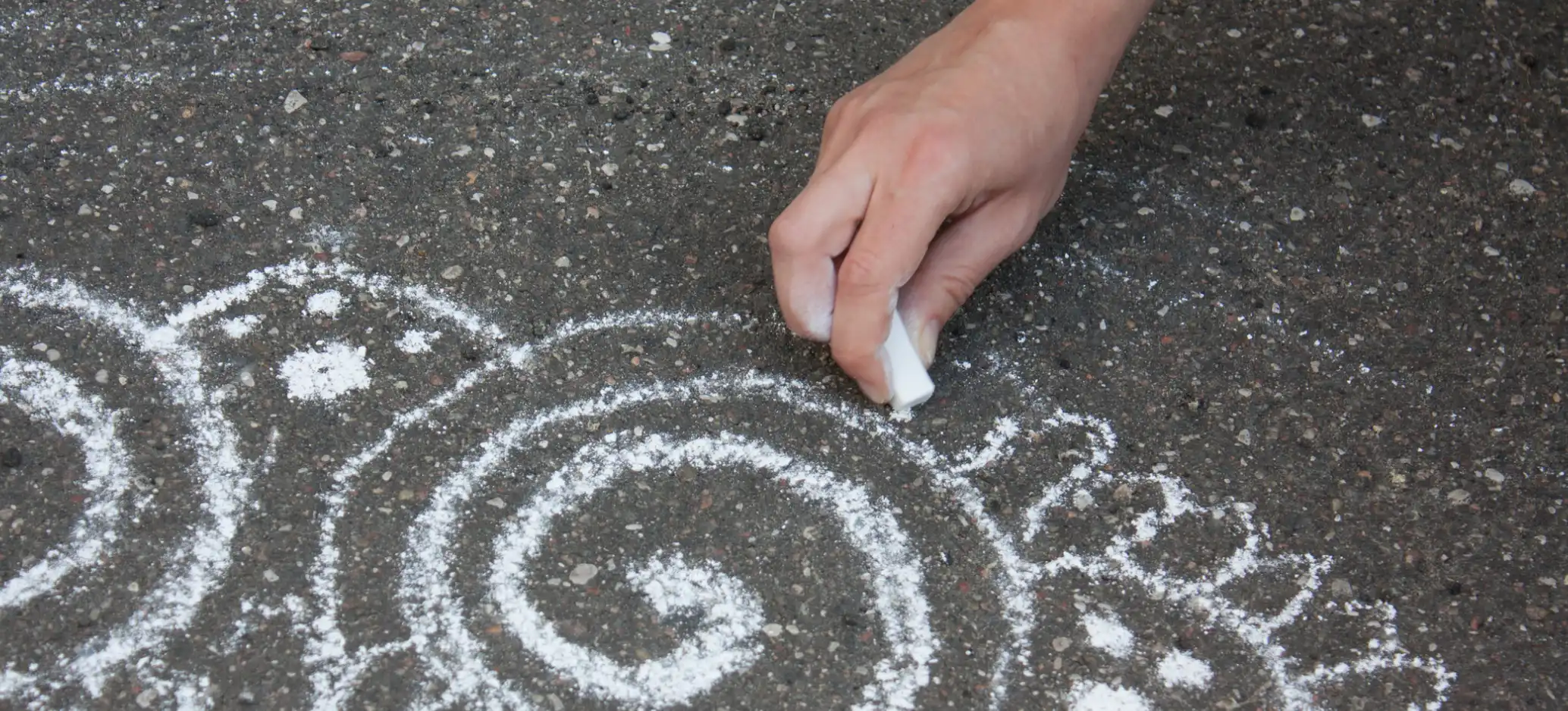Learning objectives
Knowledge
- To group rocks using their appearance.
Working scientifically
- To observe the appearance of rocks closely, using a magnifying glass.
Success criteria
Knowledge
- I can define the term rock.
- I can describe
This content is for subscribers only. Join for access today.
National curriculum
Science
Rocks
Pupils
This content is for subscribers only. Join for access today.
Cross-curricular links
British values
This content is for subscribers only. Join for access today.
Before the lesson
This content is for subscribers only. Join for access today.
Lesson plan
Recap and recall
Before starting this unit, check the children can recall their learning about materials from the units Science, Year 1, Materials: Everday materials and Science, Year 2, Materials: Uses of everyday materials: Identify and name a variety of everyday materials. Describe the simple physical properties of these materials. Compare and group together these materials based on…
This content is for subscribers only. Join for access today.
Extended-mode explainer videos
How to extend your display to view the lesson page and preseantion mode simultaneously. Choose your operating system below to watch the video
If you need further support with extending your display,
please contact [email protected].
Extended-mode explainer video: For Mac
Extended-mode explainer video: For Windows
Adaptive teaching
Pupils needing extra support
Could use the Resource: Rock comparison word bank to support them in noting down their observations about the different rock samples (the Resource: Rock comparison word bank is used in Lesson 2: Rocks: Physical properties so must be kept for further use); could use the table of properties of different rocks in the Knowledge organiser as a reference when describing the properties of their rock samples.
Pupils working at greater depth
Should try to categorise each of the rock samples they observed as sedimentary, metamorphic or igneous and give justifications for their choices (e.g. they might argue that a rock with visible layers was a sedimentary rock); should then use Kiddle.com to check the category (sedimentary, metamorphic or igneous) of each rock and record it under the name of the rock in the Activity: Rock comparison; could choose an extension activity relating to rocks from the Resource: Stretch and challenge: Rocks and soil.
This content is for subscribers only. Join for access today.
Assessing progress and understanding
Pupils with secure understanding indicated by: defining the term rock; describing the
This content is for subscribers only. Join for access today.
Knowledge outcomes
- I can define a rock as a naturally occurring material made from minerals and/or other rocks and/or organic materials.
- I can describe the appearance of different rocks (colour, grains, crystals, holes and shiny or dull).
- I can identify grains as the visible pieces that make up a rock.
- I can identify crystals as shiny pieces in a rock.
This content is for subscribers only. Join for access today.
Vocabulary definitions
-
crystal
A mineral with a shape that makes it shiny.
-
grain
A very small piece of a rock.
This content is for subscribers only. Join for access today.





